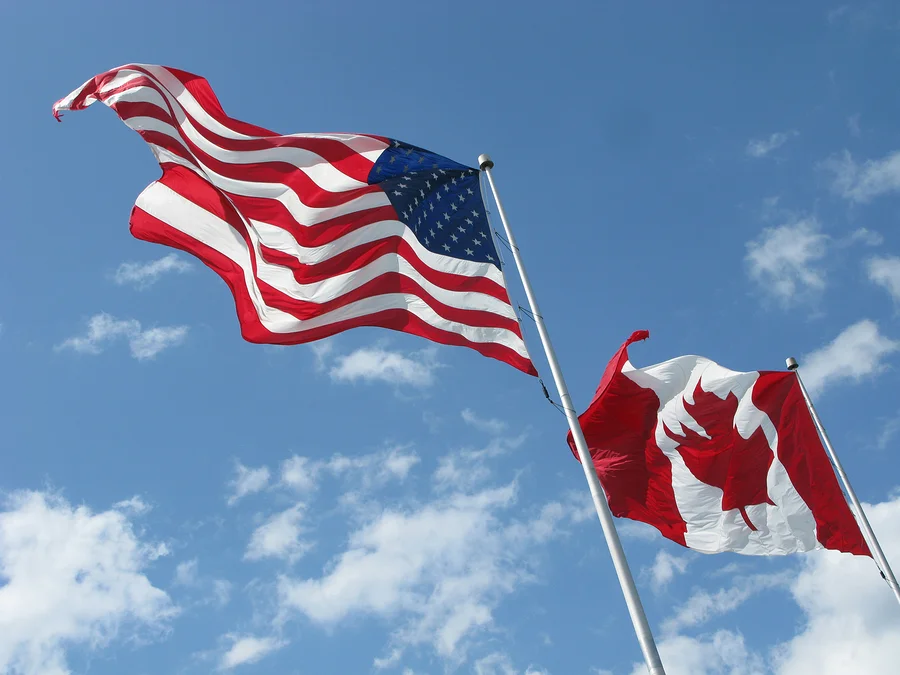Differences Between UL & cUL Requirements for Electrical Enclosure Cooling Systems
UL stands for Underwriters Laboratories in the United States, and the initials UL represent their mark of approval. UL has laboratories in several other countries, and in Canada their mark of approval is cUL.
Underwriters Laboratories belongs to a group of nationally recognized testing laboratories; organizations that are accepted by authorities having jurisdiction (AHJs) in terms of the US National Electrical Code to certify equipment as meeting certain specifications. In simple terms, the UL label in the USA and cUL label in Canada on electrical products indicate that the products have been designed, built, and tested to be in accordance with safety standards for those respective countries by Underwriter Laboratories. Although there are many obvious similarities, UL and cUL requirements for electrical enclosure cooling are not the same.
UL Mark
The Underwriters Laboratories UL mark applies to products that have been designed and approved for the US market and have received specific Underwriters Laboratories certification that they comply with the respective US standards. These are specified in ANSI/NFPA 70, the National Electrical Code and, more specifically, the ANSI/UL 484 standard for special purpose air conditioners.
cUL Mark
The cUL mark applies to products intended for the Canadian market that have been tested and found to comply with the requirements of CAN/CSA 22.1-12, which is the Canadian Electrical Code issued by the Canadian Standards Association. Included in this code under section 22.2 are two sections, numbers 236-M90 and 117 that deal with heating and cooling equipment and special purpose air conditioners.
UL and cUL are Not the Same
The two marks are not the same and may not be used interchangeably. However, there are many similarities and equipment that has been tested under one standard may well comply with the other. Although the respective national standards have many similarities, it is important to note there are many detailed differences. For example, Canadian codes reflect a stronger European influence as can been seen in the frequent reference to IPXX enclosure protection ratings in Canada, although the US NEMA enclosure ratings are also used.
Obtaining UL and cUL Certification
Manufacturers who sell internationally need to obtain certification that gives them access to the US, Canadian, and other markets. It is costly to obtain certification from a testing laboratory and Underwriters Laboratories has prepared harmonized standards that can be used to design and manufacture equipment to comply with both the UL and cUL requirements. These standards are:
- UL 50 Enclosures for Electrical Equipment: The standard is applicable to electrical enclosures intended for installation in terms of the Canadian Electrical Code, Part 1 (CSA 22.1), The National Electrical Code (NFPA 70), and Mexico’s Code for Electrical installations. There are some exceptions detailed in the standard.
-
UL 248-1 Low-voltage Fuses: This standard covers the requirements of the three North American countries.
Unified Testing
When new products are introduced, or it is desired to obtain approval for existing products, Underwriters Laboratories is able to perform unified testing to verify compliance with the Canadian and US standards. This approach is a cost effective way to obtaining UL and cUL approvals.
Buy Electrical Enclosure Equipment That Meet Local Requirements
Many local authorities in the US and Canada require that electrical enclosures and enclosure air conditioners comply with national standards and carry an appropriate certification from a recognized testing laboratory. It should not be assumed that an item carrying a cUL mark is acceptable in the US or an item carrying the UL mark is acceptable in Canada. Thermal Edge’s range of enclosure air conditioners complies with the UL, cUL and CE (European) requirements thus meeting local authority requirements. Contact Thermal Edge for further information.


